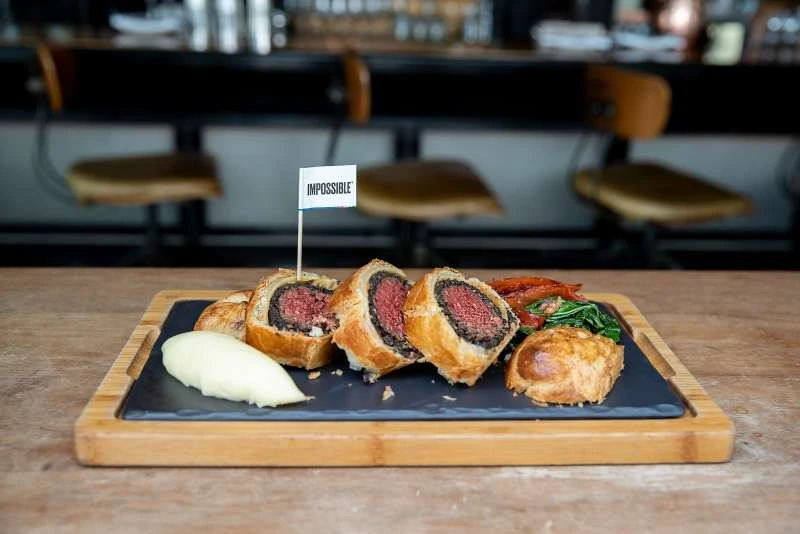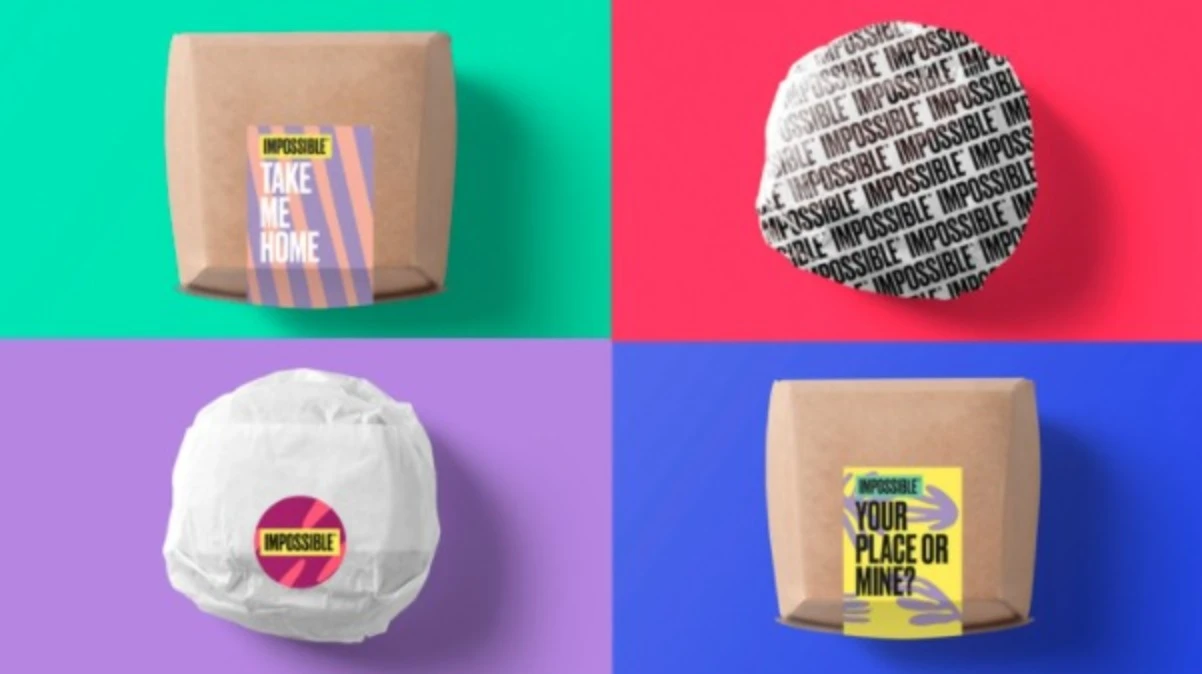3 Easy Ways to Make Your Restaurant Dining Experience More Enjoyable

2021 is going to be a big year for restaurants. With new regulations and COVID-19 restrictions being lifted, diners everywhere are ready to dine in restaurants after endless months of being cooped up eating takeout and home cooked meals. According to the National Restaurant Association(opens in a new tab), diners of all ages are ready to eat in restaurants more often, with ~70% reporting that they aren’t eating on-premise as often as they would like, and they predict that food and beverage sales will rise 11% this year.
With summer right around the corner, there are more opportunities than ever to welcome customers back into and create the restaurant dining experience that they have been waiting for. We want you to be ready to safely and effectively handle all of this demand, so we’re giving you 3 tips to level up your operations in order to provide the best possible experience to consumers as they come to your store.
Tip #1: Simplify your menu (but don’t forget to offer plant-based options)
Gone are the days of big, complex menus with dozens of choices. Post-COVID, more restaurants are finding success by reducing the size of their menu and streamlining ingredients to keep costs down. Stick to the classics that your customers love and remove less popular dishes so that you can save money while still remaining profitable.

As you look to simplify the menu, don’t forget to highlight plant-based options. Plant-based meat has been one of the biggest trends in foodservice for the past several years, and the market is projected to reach ~$50 billion by 2025(opens in a new tab), so it’s a good idea to cater to customer preferences by offering diverse menu items that satisfy their cravings. Robert Hall, the CEO of Refined Hospitality Concepts notes(opens in a new tab):
“The use of vegetable proteins is becoming more mainstream and in demand. Becoming decadent and playful with these products while maintaining a focus on a healthier lifestyle and environmentally conscious evolution will be critical for long-term success.”
Whether you simply replace a tried and true favorite with plant-based meat like Impossible™ Burger, or create a fresh take on a classic item, like adding Impossible™ Sausage Made From Plants to pizza, breakfast sandwiches, make sure to highlight those dishes, don’t just bury them in the menu. Check out our Front of House marketing guidelines(opens in a new tab) for tips on how to highlight your menu to drive more sales and demand.
Tip #2: Invest in frictionless ordering & payment technology
COVID-19 and its restrictions fundamentally changed consumer expectations. However, instead of dreading the return to dining, restaurant owners can view that change as an opportunity to invest in digital acceleration that can actually help the business. There are dozens of ways technology can help provide a frictionless experience that will make both customers and your staff happy, and they are worth the learning curve to implement.
Digital Menus & Online Ordering systems
Most signs point to customers staying digitally engaged in a post-pandemic world, so it’s important to invest in platforms that will improve the customer’s experience and enable smooth-sailing business operations. Companies like Upserve(opens in a new tab), MenuDrive(opens in a new tab), ChowNow(opens in a new tab), Toast(opens in a new tab) and Square(opens in a new tab) help you manage your menu, pricing and promotions in a single location across all your sales channels, including web and apps. They also integrate with marketplaces like Caviar, Deliveroo, DoorDash, Grubhub, Uber Eats, and Postmates so you can spend less time worrying about online orders and more time focusing on serving customers.
Contactless Menus
Contactless menus with QR codes are no longer a novelty -- they’re replacing physical menus at restaurants for many reasons, including safety, convenience, cost and a better ordering experience. They also allow restaurants to capture customer data in ways that they never could before, and are an excellent addition to your operational toolkit. Look into companies scanour.menu(opens in a new tab), Beaconstac(opens in a new tab) or Presto(opens in a new tab) to see which best fits your restaurants’ needs.
Waitlist apps
As business comes back to normal, your restaurant will have more customers than tables available. While this is great for profits, potential customers may not want to wait for the next table to be available. Manage this influx of customers more wisely with apps like Yelp Waitlist(opens in a new tab), OpenTable(opens in a new tab) & WaitlistMe(opens in a new tab), so that when you open your doors, your customers can have the best experience (and shortest wait time) possible.

Tip #3: Prioritize Convenience & Safety
Not everyone is returning at the same comfort level, so make sure you accommodate all diners -- in store and outside.
Safer In Store Dining
Now that diners are coming back to restaurants, there are new opportunities to serve them and make the experience more enjoyable. Your first order of business? Communicating safety standards. Whether at the table, in the bathroom or on your front door, make sure to put customers at ease by displaying informative signs sharing your commitment to their safety and the steps you are taking to prioritize their health and well-being.
Employee safety and wellness should also be a top priority. Provide hand sanitizer at entrances, exits, restrooms and tables to encourage regular use. Protective gear for employees who clear tables, clean restrooms, wash dishes, or take out trash is a must, as is regularly disinfecting surfaces after each use to protect them from exposure to items guests have used.
You should also to stay up-to-date on local and national safety regulations and communicate updates to your staff in team meetings. To help with accountability and implementation, assign safety captains who will ensure that the safety protocols are being applied across the team.
Convenient Off-Premise Eating
Now that you’re receiving customers, it doesn’t mean that you are limited to indoors. Utilize all the space at your disposal to provide diners who aren’t ready to eat inside opportunities to experience your restaurant in a fun new way. Place tables, chairs and benches outside with optimized 6 ft spacing for distanced dining. Make it a branded experience with table tents, string lights, live music and any other fun ideas to entertain and delight guests. And of course, don’t forget to follow the safety precautions like hand sanitizer, masks and disinfectant to wipe down the tables after each party leaves.

Walk-up takeout windows that are located in a separate location from your dining entrance are also a great way to serve guests who don’t want to come inside. You can place a POS by the window or paper menus for easier ordering, then let your guests take their food with them to the patio or a nearby dining area to enjoy. Food runners and outdoor servers are also a great way to make sure your diners get their meals quickly.
Designated areas for delivery and digital order pick up are also great ways to expand your operations without compromising on safety. With 53% of adults saying ‘purchasing takeout or delivery food is essential to the way they live’(opens in a new tab) and 68% of customers saying they are more likely to purchase takeout or delivery food than they were before the pandemic, flexible and convenient delivery options are a must. If you have the space, drive-thru lanes and/or parking space for curbside orders are highly recommended.
As you lean into outdoor dining and to go, make sure to highlight your brand with creative to go containers and stickers. If you don’t have any, head over to our foodservice store and grab some of ours(opens in a new tab)! You get eye-catching materials for free and your customers get to learn more about Impossible Foods, so it’s a win win!

Conclusion
COVID-19 has fundamentally changed consumer behavior. However, that doesn’t have to inspire dread or fear in restaurant operators. Instead, welcome the opportunity to embrace new ways of operating that can actually help your business grow & adapt to consumer preferences. You might be surprised by the results.

